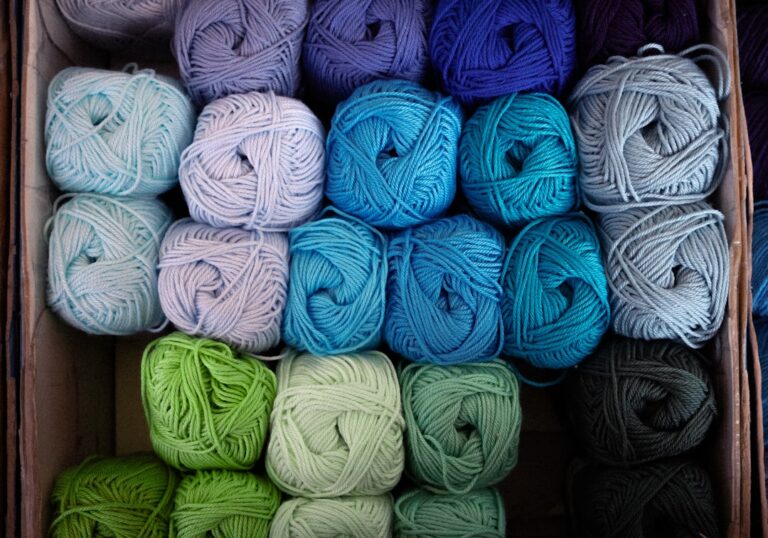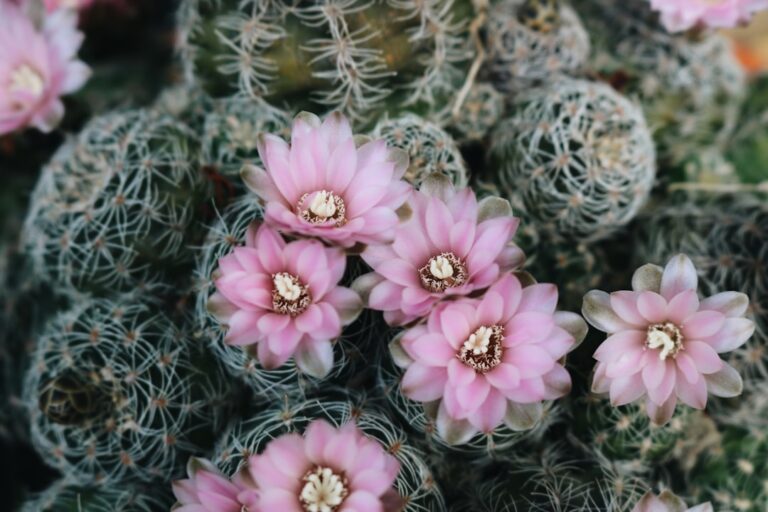Axolotls are fascinating creatures that have captured the hearts of many aquarium enthusiasts. With their unique appearance and vibrant colors, they are truly a sight to behold. Understanding the different colors and variations of axolotls is important for both breeders and hobbyists alike. In this article, we will explore the genetics and pigmentation behind axolotl colors, provide a comprehensive guide to the different color varieties, offer recommendations for vibrant colors, and discuss tips and tricks for caring for your axolotl to maintain its vibrant colors.
Key Takeaways
- Axolotls are unique and beautiful aquatic creatures that come in a variety of colors.
- The colors of axolotls are determined by genetics and pigmentation, and there are many different color varieties to choose from.
- Some of the most vibrant axolotl colors include golden albino, copper, and melanoid.
- To care for your vibrantly colored axolotl, it’s important to pay attention to diet and environmental factors.
- Breeding for vibrant axolotl colors is possible, but it requires careful consideration and technique.
Genetics and Pigmentation
The colors of axolotls are determined by their genetics and pigmentation. Axolotls have a wide range of color variations, including wild-type, leucistic, albino, melanoid, golden albino, and many more. These variations are the result of different combinations of genes that control pigmentation.
The science behind axolotl colors is complex but fascinating. The genes responsible for pigmentation in axolotls are known as pigment genes. These genes control the production and distribution of pigments in the skin cells of the axolotl. Different combinations of these genes can result in different color patterns and variations.
Comprehensive Guide to Axolotl Color Varieties
There are numerous color varieties of axolotls, each with its own unique beauty. Here is a detailed description of some of the most popular color varieties:
1. Wild-type: The wild-type axolotl is the natural coloration of the species. It has a dark brown or black body with yellow or gold markings.
2. Leucistic: Leucistic axolotls have a white or pale pink body with pink or red eyes. They lack pigmentation in their skin cells, resulting in their unique appearance.
3. Albino: Albino axolotls have a white or pale pink body with pink or red eyes. They lack melanin, the pigment responsible for dark colors, resulting in their albino appearance.
4. Melanoid: Melanoid axolotls have a dark black or brown body with little to no visible markings. They have an excess of melanin, resulting in their dark coloration.
5. Golden Albino: Golden albino axolotls have a golden or yellow body with pink or red eyes. They are a variation of the albino coloration, but with a golden hue.
These are just a few examples of the many color varieties of axolotls. Each variety has its own unique beauty and charm.
Top Picks and Recommendations for Vibrant Axolotl Colors
If you’re looking to add vibrant colors to your aquarium, here are some top picks and recommendations:
1. Golden Albino: The golden albino axolotl is a stunning choice for vibrant colors. Its golden hue adds a touch of elegance to any aquarium.
2. Copper: Copper axolotls have a beautiful metallic sheen that gives them a vibrant and eye-catching appearance.
3. Firefly: Firefly axolotls have a bright yellow body with black markings, resembling the glow of a firefly. They are sure to be the centerpiece of any aquarium.
4. Blue: Blue axolotls have a striking blue coloration that is sure to stand out in any tank. Their vibrant blue hue is truly captivating.
These are just a few recommendations for vibrant axolotl colors. Ultimately, the choice is up to you and what you find most appealing.
Tips and Tricks for Caring for Your Vibrantly Colored Axolotl
Caring for your axolotl is essential to maintaining its vibrant colors. Here are some tips and tricks to keep your axolotl healthy and happy:
1. Provide a suitable habitat: Axolotls require a well-maintained aquarium with clean water, appropriate temperature, and proper filtration. Ensure that the water parameters are within the recommended range for axolotls.
2. Feed a balanced diet: A balanced diet is crucial for the health and coloration of your axolotl. Feed them a variety of high-quality foods, including pellets, worms, and small fish. Consider adding color-enhancing foods to their diet to enhance their vibrant colors.
3. Maintain proper lighting: Lighting plays a significant role in the coloration of axolotls. Provide appropriate lighting conditions, including both natural and artificial light, to enhance their colors.
4. Avoid stress: Stress can negatively impact the coloration of axolotls. Avoid sudden changes in water parameters, overcrowding, and aggressive tank mates to minimize stress levels.
By following these tips and tricks, you can ensure that your axolotl remains healthy and maintains its vibrant colors.
Enhancing Axolotl Colors with Diet and Environmental Factors

Diet and environmental factors can play a significant role in enhancing the colors of axolotls. Here are some tips for optimizing your axolotl’s diet and environment:
1. Color-enhancing foods: There are specific foods available in the market that are formulated to enhance the colors of fish and aquatic animals. These foods contain natural color-enhancing ingredients such as spirulina, astaxanthin, and beta-carotene. Adding these foods to your axolotl’s diet can help enhance their vibrant colors.
2. Adequate lighting: Proper lighting is essential for the coloration of axolotls. Ensure that your aquarium has appropriate lighting conditions, including both natural and artificial light. Natural sunlight can help bring out the vibrant colors of your axolotl.
3. Water quality: Maintaining good water quality is crucial for the health and coloration of axolotls. Regular water changes, proper filtration, and monitoring of water parameters are essential to ensure optimal conditions for your axolotl.
4. Tank decorations: Adding colorful tank decorations, such as plants and rocks, can provide a visually stimulating environment for your axolotl. This can help enhance their colors and provide them with a more natural habitat.
By optimizing your axolotl’s diet and environment, you can enhance their colors and create a visually stunning aquarium.
Managing Axolotl Color Changes
Axolotls are known to change colors throughout their lives. This can be due to various factors, including age, stress, diet, and environmental conditions. Here are some tips for managing color changes and maintaining your axolotl’s vibrant colors:
1. Monitor water parameters: Fluctuations in water parameters can cause stress and lead to color changes in axolotls. Regularly monitor the temperature, pH, ammonia levels, and other water parameters to ensure they are within the recommended range.
2. Provide a stress-free environment: Stress can cause color changes in axolotls. Avoid overcrowding, aggressive tank mates, and sudden changes in the aquarium environment to minimize stress levels.
3. Maintain a balanced diet: A balanced diet is crucial for the health and coloration of axolotls. Ensure that your axolotl is receiving a variety of high-quality foods to maintain its vibrant colors.
4. Be patient: Color changes in axolotls are a natural part of their development. Some color changes may be temporary, while others may be permanent. Be patient and allow your axolotl to go through its natural color changes.
By following these tips, you can manage color changes in your axolotl and help maintain its vibrant colors.
Breeding for Vibrant Axolotl Colors
Breeding axolotls for specific colors can be a rewarding and exciting endeavor. Here are some techniques for breeding axolotls for vibrant colors:
1. Select breeding pairs: Choose axolotls with the desired color traits as breeding pairs. Look for individuals with vibrant colors and patterns that you wish to pass on to the offspring.
2. Crossbreeding: Crossbreeding different color varieties can result in unique and vibrant color combinations in the offspring. Experiment with different combinations to achieve the desired colors.
3. Selective breeding: Selectively breed axolotls with the desired color traits over multiple generations to enhance and stabilize the colors. This process may take time and patience but can result in stunning color variations.
4. Seek advice from experienced breeders: Reach out to experienced axolotl breeders for guidance and advice on breeding for specific colors. They can provide valuable insights and tips based on their own experiences.
Breeding axolotls for vibrant colors requires knowledge, patience, and dedication. With careful planning and selective breeding, you can achieve stunning color variations in your axolotl offspring.
Popular Colors and Trends in the Axolotl Aquarium Trade
The popularity of different axolotl colors in the aquarium trade can vary over time. Currently, some of the most popular colors include golden albino, copper, firefly, and blue. These vibrant colors have captured the attention of many aquarium enthusiasts.
Trends in axolotl colors can change as new color variations are discovered or bred. Breeders are constantly experimenting with different combinations to create unique and eye-catching color patterns. Keeping up with current trends in axolotl colors can help you stay informed and make informed decisions when adding new axolotls to your aquarium.
Appreciating the Beauty of Axolotls: Captivating Photos and Videos
To truly appreciate the beauty of axolotls, one must see them in action. Captivating photos and videos of axolotls showcase their unique colors and mesmerizing movements. These visual representations allow us to marvel at the intricate patterns and vibrant hues of these incredible creatures.
In conclusion, understanding axolotl colors is essential for both breeders and hobbyists. The genetics and pigmentation behind axolotl colors are complex but fascinating. By following the tips and recommendations provided in this article, you can care for your axolotl to maintain its vibrant colors. Breeding for specific colors can be a rewarding endeavor, and staying informed about popular colors and trends in the axolotl aquarium trade can help you make informed decisions. Ultimately, appreciating the beauty of axolotls through captivating photos and videos allows us to marvel at their unique colors and understand the importance of understanding their colors.
If you’re fascinated by the vibrant colors of axolotls, you’ll definitely want to check out this intriguing article on Cabadart.com. It delves into the mesmerizing world of axolotl colors and explores the various factors that contribute to their stunning hues. From genetic mutations to environmental influences, this article provides a comprehensive understanding of why these unique amphibians display such a wide range of colors. Discover more about axolotl colors by clicking here.
FAQs
What is an axolotl?
An axolotl is a type of salamander that is native to Mexico. It is also known as the Mexican walking fish.
What colors do axolotls come in?
Axolotls come in a variety of colors, including black, white, gray, brown, gold, and shades of pink, orange, and yellow. Some axolotls also have spots or stripes.
Do axolotls change colors?
Axolotls can change colors depending on their mood, environment, and age. For example, younger axolotls may have brighter colors than older ones. They can also change colors to blend in with their surroundings or to signal aggression or submission.
What causes the different colors in axolotls?
The different colors in axolotls are caused by pigments in their skin cells. These pigments can be affected by genetics, diet, and environmental factors such as temperature and light.
Can axolotls be bred for specific colors?
Yes, axolotls can be bred for specific colors through selective breeding. However, it is important to note that breeding for certain colors can also lead to health problems and genetic defects.
Are certain colors of axolotls more rare than others?
Yes, certain colors of axolotls are more rare than others. For example, albino axolotls are relatively rare and highly sought after by collectors.









+ There are no comments
Add yours